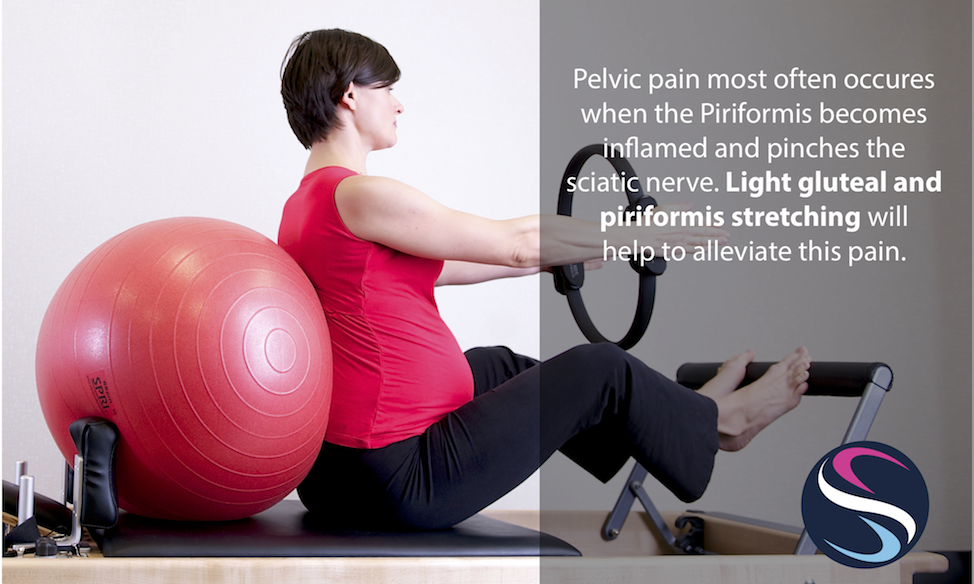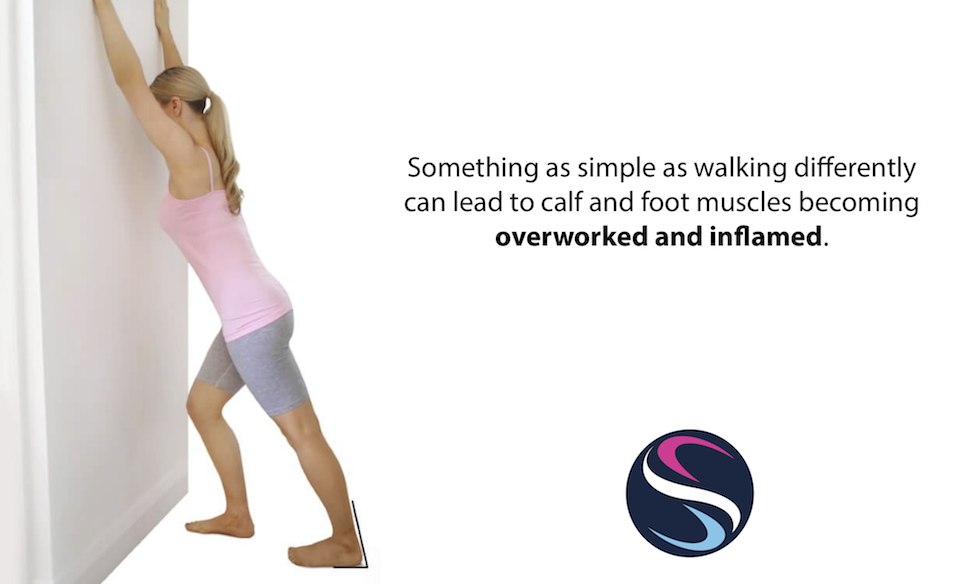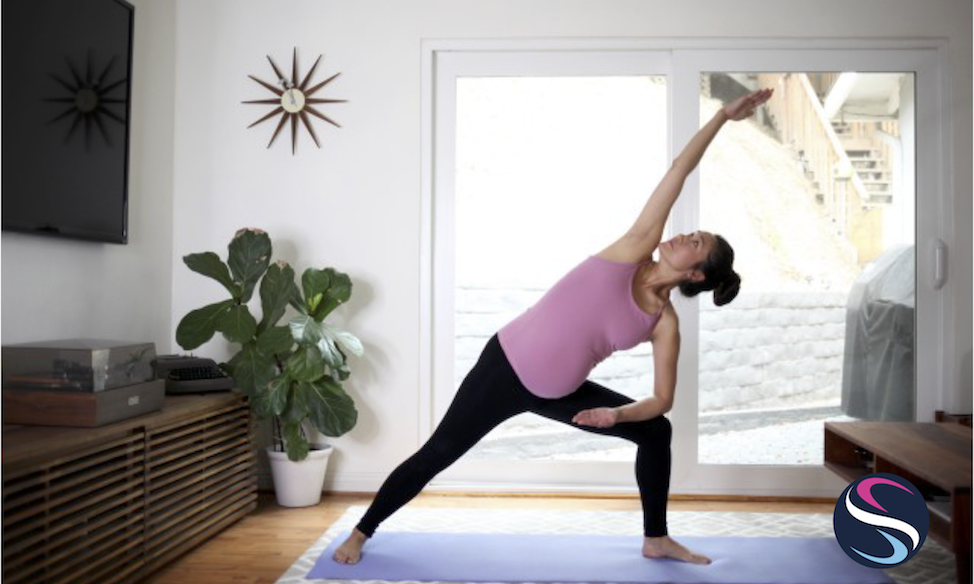Back pain, pelvic pain, and leg and foot pain are the most common muscular complaints by pregnant and postnatal women. Most women suffering from these musculoskeletal pains have often tried many options to find relief. For some, symptoms can get so bad that they are unable to go about their daily activities.
How can you manage this pain before it gets too far? We met with Dr. Guy Bucci at Brilliant Physical Health, a specialist in soft tissue and musculoskeletal pain syndromes, to discuss these musculoskeletal pains, what causes it and how you can get relief.
Often times, inflammation and scar tissues build up is the reason for injuries such as strains, sprains, fasciitis, tendonitis, pinched nerves, muscle pulls, and more. To combat this, Dr. Bucci uses a unique method of myofascial release called Active Release Technique. This is a soft tissue form of treatment aimed at releasing and moving out inflammation and scar tissue to help expedite healing and eliminate pain.
However, before your symptoms get out of hand, there are preventative measures you can take on your own at home or at your gym. If you are suffering from pre or postnatal musculoskeletal pain, read on:
Low Back Pain
During pregnancy, woman can gain up to 25% of their body weight. When this happens, postural changes occur to help maintain balance. Much of this occurs in the low back and often leads to the soft tissues becoming inflamed. When this happens, muscular pain results in the low back region. To battle this, try using lumbar support while seated. Consistent light strengthening/stretching movements will also help prevent those soft tissues from becoming fibrotic and seizing up. Ice/heat therapy is also recommended, as well as light cardio such as swimming and walking.
Pelvic Pain
 Often times pre and postnatal patients complain of pain around the pelvis that sometimes radiate down the back of the thigh. Pain in this region can also be due to postural stress due to the balance/weight gain ratio. However, most often the muscle in the pelvic region (called the Piriformis) becomes inflamed and pinches the sciatic nerve. If you are experiencing this type of pelvic pain in your pregnancy, try light gluteal and piriformis stretching. Low impact exercises and ice/heat therapy will also be very beneficial. If you are currently doing high impact exercises such as running, you’ll want to stop these activities until your pain is under control.
Often times pre and postnatal patients complain of pain around the pelvis that sometimes radiate down the back of the thigh. Pain in this region can also be due to postural stress due to the balance/weight gain ratio. However, most often the muscle in the pelvic region (called the Piriformis) becomes inflamed and pinches the sciatic nerve. If you are experiencing this type of pelvic pain in your pregnancy, try light gluteal and piriformis stretching. Low impact exercises and ice/heat therapy will also be very beneficial. If you are currently doing high impact exercises such as running, you’ll want to stop these activities until your pain is under control.
Calf and Foot Cramps
 During pregnancy, your body goes through many metabolic changes. This alone can cause muscles to cramp up. If you feel pain in these areas, discuss with your OBGYN about taking a magnesium supplement. As women’s body changes throughout her pregnancy, a result may also be a change in your gait. Something as simple as walking differently can lead to calf and foot muscles becoming overworked and inflamed. Try to consistently stretch your calves, especially before bed and be sure to stay hydrated. You may even consider better footwear that provides more cushioning and support. Heat and ice again can help alleviate muscular cramps, as well as staying active with low impact exercises.
During pregnancy, your body goes through many metabolic changes. This alone can cause muscles to cramp up. If you feel pain in these areas, discuss with your OBGYN about taking a magnesium supplement. As women’s body changes throughout her pregnancy, a result may also be a change in your gait. Something as simple as walking differently can lead to calf and foot muscles becoming overworked and inflamed. Try to consistently stretch your calves, especially before bed and be sure to stay hydrated. You may even consider better footwear that provides more cushioning and support. Heat and ice again can help alleviate muscular cramps, as well as staying active with low impact exercises.
There may come a time, however, at a certain level of pain that if symptoms persist, you may need an intervention like Active Release. This technique can help you to quickly resolve your symptoms, especially pain.
Spand-Ice designs ice/heat therapy, compression and support wraps for pregnancy, postpartum and motherhood. During pregnancy, the maternity wrap helps to reduce the strain that postural changes place on your body, while applying hot/cold therapy to your low and mid back area. For postpartum recovery, you can use ice/heat therapy for back pain, hip pain, C-section recovery, light abdominal support and more with the Recovery Wrap.
